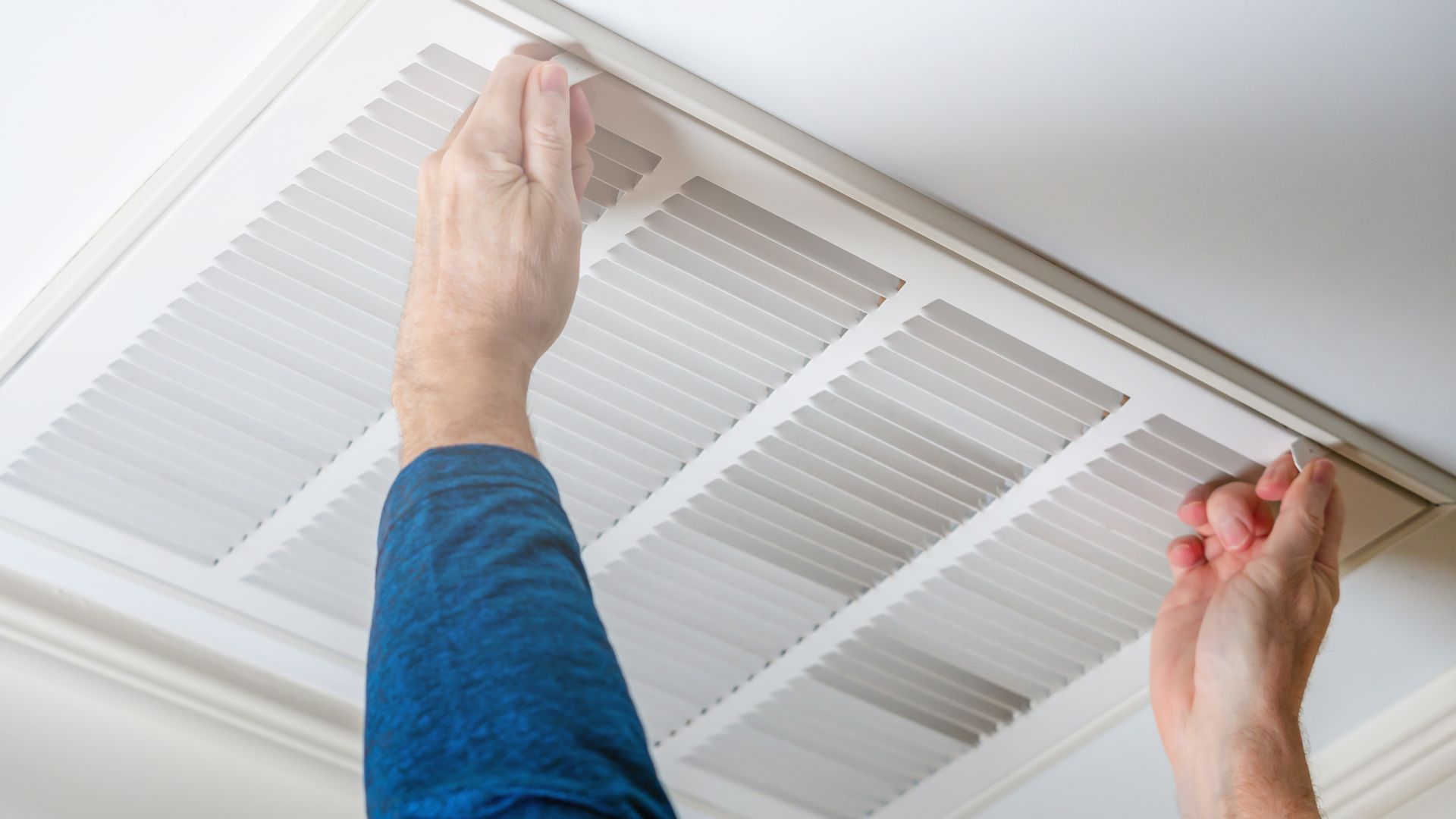Ever felt that sinking feeling after installing an HVAC system that just can’t keep up? It happens more often than you think, and the culprit is usually an improperly sized unit. Here’s where Manual J calculations come in – the not-so-secret weapon for HVAC professionals who want to ensure peak comfort and efficiency in every home they service.
What is the Manual J Calculation?
The Manual J calculation, also known as an HVAC load calculation, is a calculation method that determines the precise capacity an HVAC unit needs to effectively heat and cool a specific building. Think of it as a blueprint for your HVAC system that ensures the system isn’t undersized (leaving you constantly battling the summer heat) or oversized (wasting energy and driving up your bills). HVAC contractors and technicians rely on this calculation to select equipment sizes that provide ideal performance without excessive energy consumption.
The Power of Precision: Manual J Heat Load Calculation
So, how does a Manual J calculation work? Imagine a skilled detective gathering intel. HVAC contractors meticulously assess various factors that impact a building’s heating and cooling needs. This intel might include:
Building envelope: Square footage, insulation levels, window size and location.
Internal heat sources: Number of occupants, appliances, and even sun exposure.
By factoring in all these details, contractors can build a complete picture of the building’s thermal behavior. Software and manual calculations then translate this intel into the ideal HVAC unit size, securing a system that keeps everyone comfortable without breaking the bank.
How to Perform a Manual J Calculation
Performing a Manual J calculation is a multi-step process, but the core principles are straightforward:
#1. Measure the Square Footage
We start by calculating the building’s conditioned square footage, excluding areas like garages that don’t need climate control.
#2. Insulation Inspection
Next, we assess the effectiveness of the building’s insulation in walls, ceilings, and floors. Factors like sun exposure and window size also come into play.
#3. Space Usage Matters
Not all rooms are created equal. We determine how often each space is used and what appliances might generate heat, giving a clearer picture of the cooling load.
#4. BTU Breakdown
We assign BTU (British Thermal Unit) values to various elements like occupants, windows, and doors to quantify their heating and cooling impact.
#5. Calculate HVAC Load
Finally, we use the Manual J formula to translate all the gathered information into the total BTU load the HVAC system needs to handle. This magic number dictates the ideal unit size for the building.
Sizing & Selecting HVAC Equipment for Proper Humidity Control
Moisture and mold problems in buildings often result from incorrectly sized or applied air conditioning systems. Oversized equipment is common due to various factors, including:
No load calculations: Relying on prior experience or replacing equipment without proper assessment.
Incorrect observance of procedures: Mistakes or outdated rules of thumb leading to oversized equipment.
Safety factors: Adding unnecessary margins to load calculations, resulting in oversized units.
To correctly size HVAC equipment:
Establish Building Design and Criteria Requirements: Consider space usage, ducting, and budget constraints.
Determine the Design Loads: Evaluate building construction parameters, design conditions, and full load versus part load requirements.
Do Not Arbitrarily Increase Load: Avoid adding unnecessary safety factors to load calculations.
Verify System Capacities: Ensure selected equipment can handle both sensible and latent loads.
Considerations if Selected Equipment Cannot Satisfy Latent Requirements: Explore options like modified control strategies or dedicated outdoor air systems.
Why Mastering Manual J Calculations Matters?
Imagine a world where your HVAC system isn’t constantly battling the elements, leaving you uncomfortably hot or cold. That’s the power of a Manual J calculation! This industry standard ensures your HVAC system is perfectly sized for your home, bringing you a wave of benefits:
Unmatched Comfort: No more struggling to maintain a pleasant temperature. A Manual J sized system keeps your home comfortable all year round, no matter the season.
Energy Efficiency Superhero: Oversized units are energy guzzlers, driving up your utility bills. A Manual J calculation ensures you get the right size system, saving you money and reducing your environmental impact.
Long-Term Savings: The right sized system means optimal performance and less wear and tear. This translates to fewer repairs and a longer lifespan for your HVAC unit, saving you money in the long run.
Don’t settle for an underpowered system or a constant energy drain! At 1st Choice HVAC, we believe in comfort that’s kind to your wallet and the environment. That’s why we prioritize Manual J calculations for every installation. Our team of experts will meticulously assess your home’s needs and ensure your HVAC system is perfectly sized for peak comfort and efficiency. Contact 1st Choice HVAC today and experience the difference a Manual J calculation can make!

